OVERVIEW
| Commodity: | Copper, Gold, Molybdenum |
| Location: | Sonora, Mexico |
| Size: | 1640 Ha (16 km sq) |
| Status: | Permitted for drilling and Riverside has conducted field work with partners as well as self funded putting project in position to be partnered for exploration and rapid drilling |
The Ariel Project is strategically located 18 km ESE of the world-class La Caridad Cu-Mo porphyry mine operation (~10 Mt of Cu metal reserves), and 24 km SE of the Los Alisos Cu porphyry prospect. To the best of RRI’s knowledge, the area has not been drill tested previously and represents a high quality copper district target.
The Ariel property was staked by Riverside in late 2015 working with partner Antofagasta Mining and developed out of a strong reconnaissance regional prospecting program in the area. Access to the Property is good with 30 km on dirt roads from paved highways where power grid and other infrastructure are in place servicing the nearby La Caridad mine and mill complex which is the 2nd largest copper producer in Mexico with production by Grupo Mexico Mining.
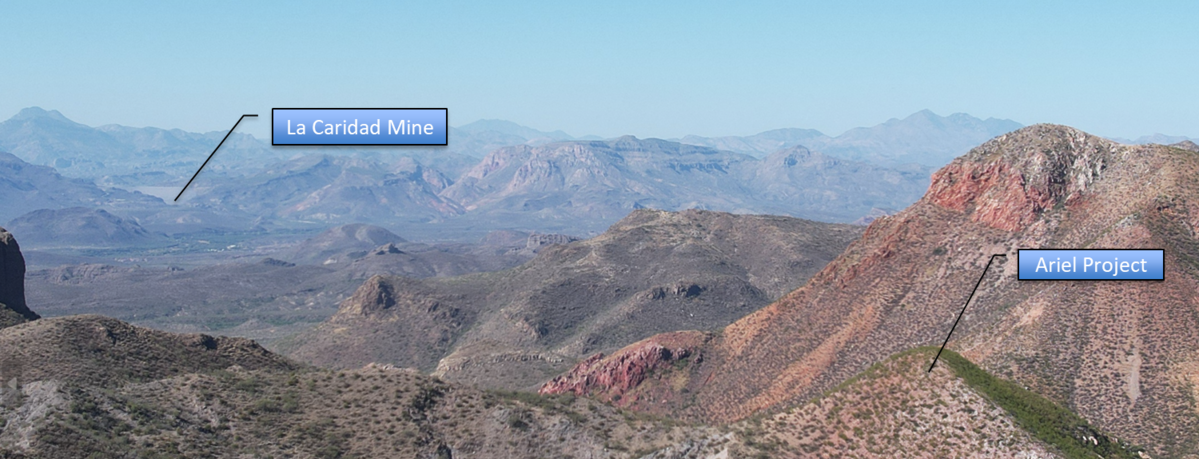
Exploration History & Results
Ariel project is strategically located in the Laramide copper belt of northern Mexico and is currently at a drilling stage of exploration. Geologic mapping, alteration analysis and sampling has helped focus targeting toward high priority drill exploration targets which have been permitted and title in hand for Riverside. The project stands out for its color anomaly aligning with favorable geology caused from oxiding of outcropping pyritic sulfide system with quartz-sericite alteration and porphyry Cu style veining stock works.
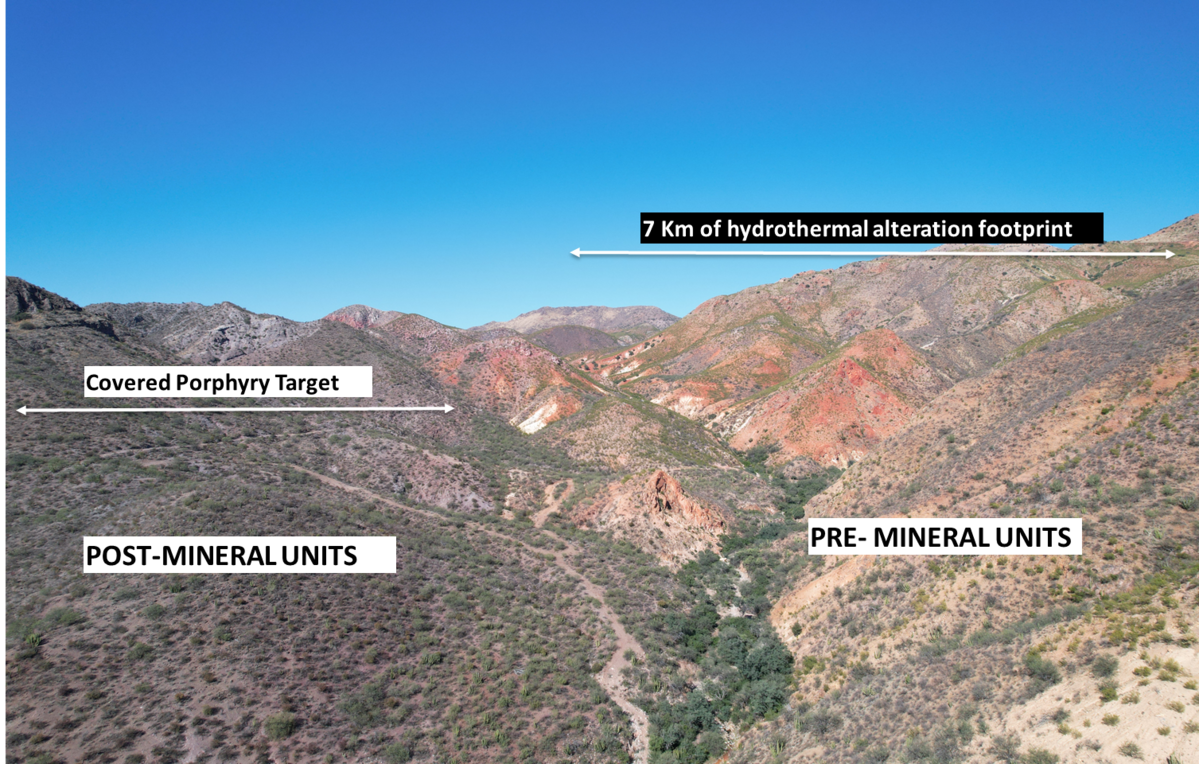
Approximately >300 rock samples were collected and analyzed for trace metal contents using assay lab and portable X-ray fluorescence instrument as well as a mineral analyzer that employs near infra-red spectrometry to identify minerals typically formed by hydrothermal processes. An additional 120 samples were analyzed using only the spectral analyzer.
Riverside delineated two primary porphyry targets (The Ariel and Maria Luisa Targets) with geochemical anomalies that includes Copper (Cu), Bismuth (Bi), Tungsten (W), and Sulfur (S).
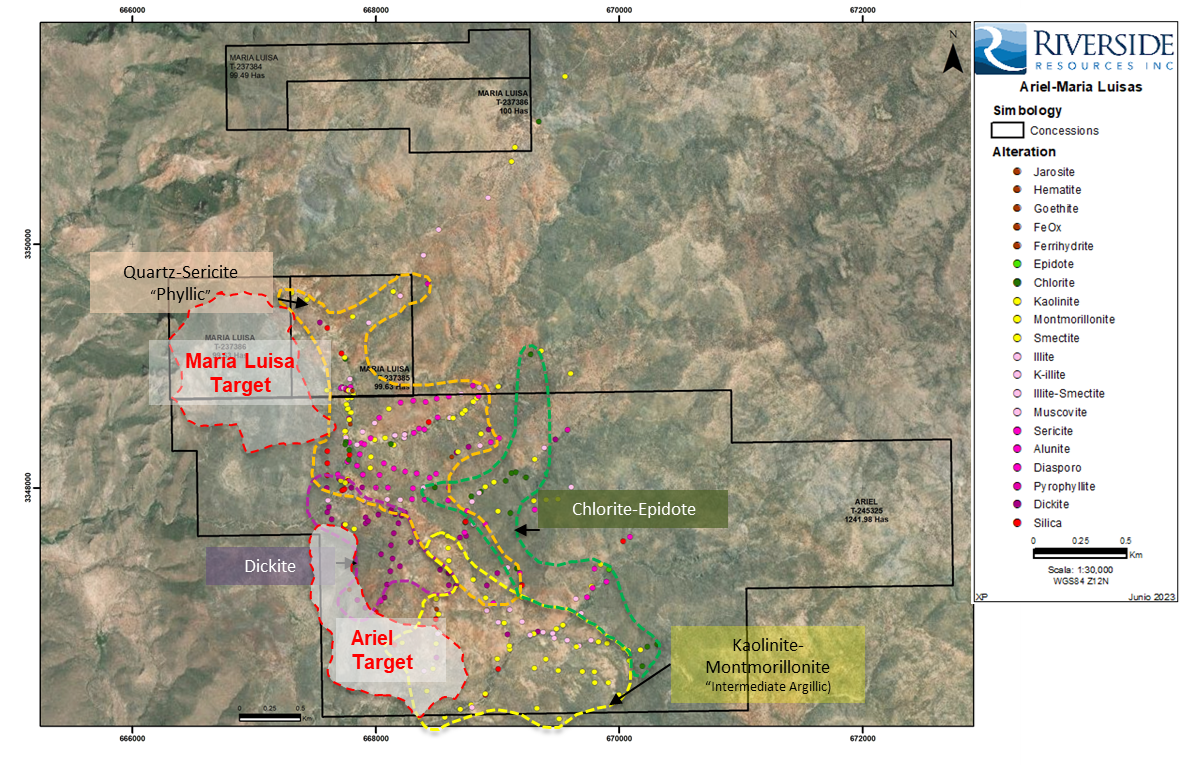
Geology
The Ariel Project comprises an eastward-tilted sequence of Late Cretaceous andesitic to rhyolitic rocks of the Tarahumara Formation intruded by Paleocene (ca. 57 Ma) quartz monzonite and granodioritic porphyries comparable to the age of the La Caridad Porphyry main mineralization event. Post-mineral Miocene regional tectonic events caused down-faulted blocks to the west where basalt and conglomerate cover from the Baucarit Formation developed.
Surface expression includes:
Feeder veins: Quartz‐bearing structures that served as conducts to mineralizing fluids. Possible vectors toward concealed source. The veins walls display visible amounts of advanced-argillic alteration and sulfosalts and are target for gold-bearing deposits.
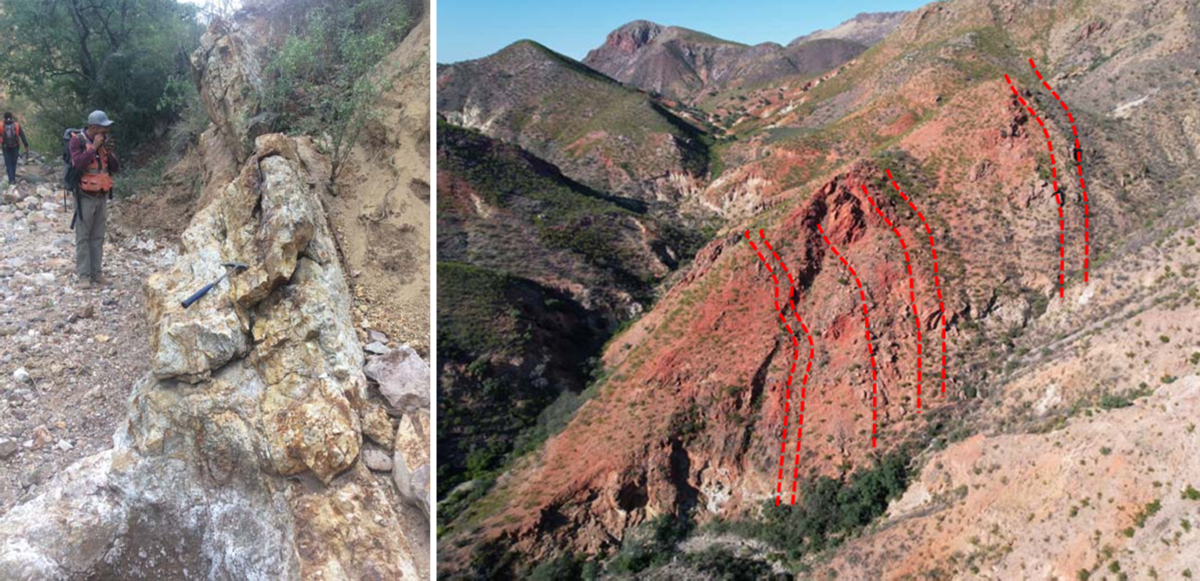
Dickite-Alunite angular breccias: Corresponds to coarse-grained (>2 mm), monomictic breccia with angular fragments of volcanic rocks highly altered to dickite and alunite. These breccias are interpreted as hydraulic to phreatic breccias with a dominant High-sulphidation component and directly linked to a concealed porphyry target.
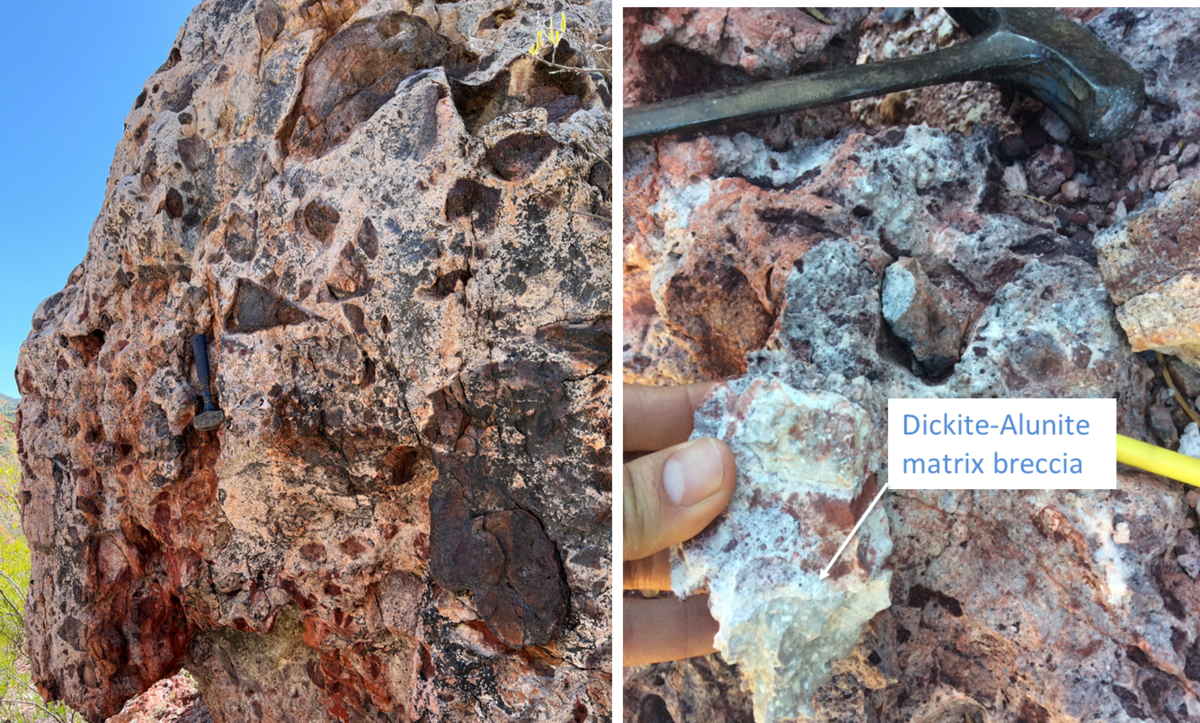
Sericite-Pyrite pebble breccias: Corresponds to pebble-size (>20 cm), polymictic breccia with milled fragments of porphyritic rocks. The clasts display porphyry-style stockwork of quartz-jarosite. The breccia matrix is composed of rock flour and juvenile fragments. This constitutes one strong evidence of porphyry copper system activity.
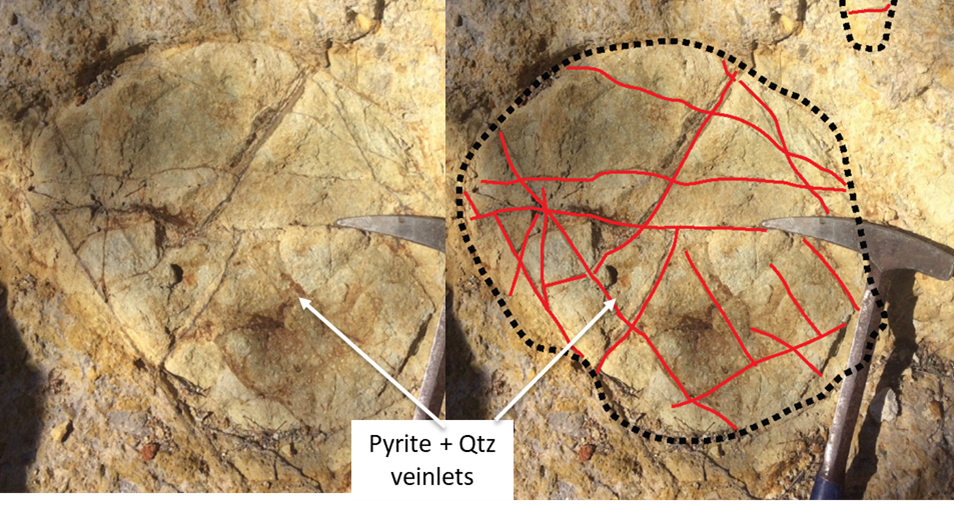
Qualified Person, QA/QC & Technical Disclosures
Julian Manco, P.Geo., a non-independent qualified person to Riverside Resources, who is responsible for ensuring that the geologic information provided in this news release is accurate and who acts as a “qualified person” under National Instrument 43-101 Standards of Disclosure for Mineral Projects.

